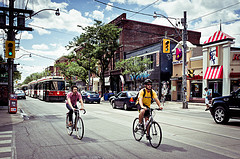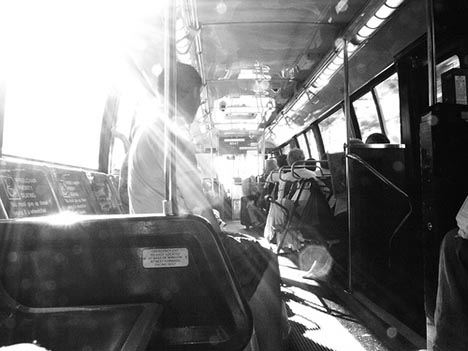The Super Bowl makes me a little nervous. I’m hardly a die-hard football fan (to be honest, my plans for this Sunday were based around getting myself the best chips and dip), but I know that the biggest game of the year means all eyes will be on Newark, New Jersey this weekend. When everyone is looking at your city, you want it to look its best, and that’s when it gets tempting for city officials and law enforcement to sweep the social problems of a city out of the way – at least until the camera crews leave town. That’s why I was concerned for the homeless individuals of New Jersey, who are in the middle of fighting for their lives amid freezing temperatures this week, just as the media begins to arrive in their home state.
I was pleasantly surprised to find out that – so far, anyway – there has been minimal disruption of those that are experiencing homelessness in New Jersey. Based on the behavior of other cities in the past, those without housing in Newark are right to be nervous for their temporary home, but NFL and NJ Transit authorities claim there are no plans to disrupt homeless people. Mayor Luis A. Quintana has even mentioned plans to set up television sets at a local shelter so those experiencing homelessness don’t miss out on the big game this weekend.
Penn Station in New Jersey is open round the clock to ticketed passengers, and since an un-punched train ticket is valid forever, those experiencing homelessness see these as a ticket not to a train, but to shelter and a little sleep. The station guidelines state that the transit police cannot ask someone to leave unless they are breaking a rule. In Penn station, unlike in some places, simply “being homeless” does not count as breaking a rule.
Newark does more for its homeless population than ensuring they can see every touchdown. Michele Walsh, NJ Transit’s community intervention specialist, works to get shelter and services for those that live in Penn Station. She tries to engage those that spend their days and nights in the station, and helps them with everything from emergency shelter to obtaining birth certificates and state IDs. Her position, created by the Mental Health Association of Essex County and then-Mayor Corey Booker to engage those that live at Penn Station, can be slow going, she admits, but she reports that more than seventy five percent of the individuals she approaches work with her in some way.
Newark holds the distinction of being the first outdoor cold-weather Superbowl, but this won’t be the only memorable aspect of this year’s game. This city has the opportunity to show the world not how clean it can make its streets for television and visitors, but how humanly it can treat its people – especially those without housing.




